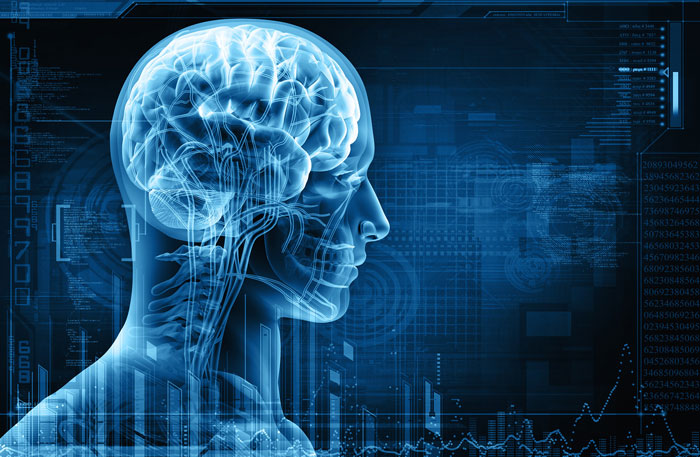Don't lose sleep over Night Shift feature in iOS 9.3, literally.

A large percentage of mobile users suffer from the effects of sleep deprivation, due to the blue light emitted from the display on iPhones, iPads and other devices, which keeps the brain from producing melanin, a chemical necessary to induce sleep.
While experts suggest that a good night of sleep can be achieved faster by dimming the display brightness and keeping the screen 12 inches away from the face, human are creatures of habit, and it takes a high degree of self-discipline to change one’s own routine.
“Night Shift”, a new feature introduced in iOS 9.3, is designed to reduce the amount of blue light emitted by an iOS device’s screen in the evening hours. As explained earlier, blue light affects negatively the body’s Circadian rhythms, which is an array of physical and mental changes that occur over a 24 hour cycle. Circadian rhythms fall within the study of sleep patterns called “chronobiology”, otherwise known as the study of “biological clocks”.
As the evening approaches, iOS devices with Night Shift enabled will change the hue of the screen to warmer colors, to emulate natural light, and allow the brain to product the chemicals necessary to fall asleep.
Features similar to Night Shift are not new to Mac and PC users. Third party apps like f.lux for example, have been available to Mac OS X users for a while, and many newer displays for PC have a built-in “Eye Saver” feature that modifies the display’s hues to warmer colors, in order to achieve a similar effect.
Night Shift is currently available to iOS devices powered by 64-bit processors, like the iPhone 5s and newer, the iPad Air, and the iPad Mini 2, all the way up to the iPad Pro.
Devices that are not supported by the feature, are powered by A5, A5X, A6 and A6X processors, more specifically the iPad 2, iPhone 4s, iPod Touch 5G, the iPad Mini, the third and fourth generation iPad, and the iPhone 5 and 5c, while support covers almost every iOS device released as of 2013, running A7 CPU’s and newer.